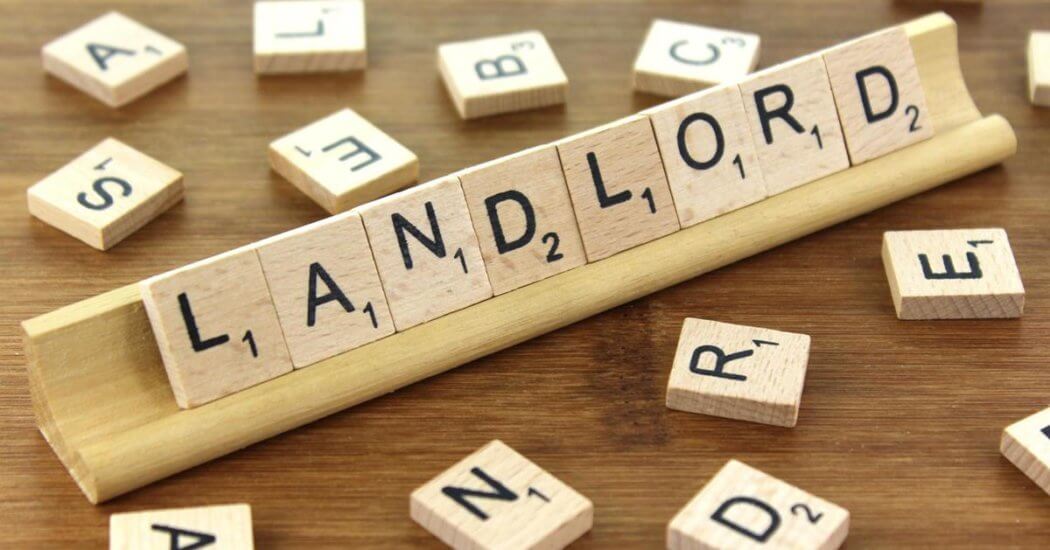Should I Let My Property Furnished or Unfurnished?
There’s no right or wrong to this answer – it’s completely up to the landlord as to whether you include everything down to the flower vases and kitchen appliances, or whether it’s best to just provide the four walls and bare floorboards.
However, your decision will affect how quickly you let the property and what kind of tenant will be attracted to your let.
Furnished Properties:
These may let quicker, as obviously it saves the tenant having to purchase their furniture and appliances. Generally, there are more people looking for furnished lettings, especially during tough financial climates. But always be wary of cramming too much in there – an over-crowded house does nothing to broaden its appeal.
When the tenancy ends, the furniture is still yours, to do what you want with. It could be used for future tenants, or you could reclaim it for your own use. And don’t forget – a percentage of the cost of the furniture (or goods) you’ve provided, will be offset against your tax return under the heading of ‘depreciation’. This assumes that, year on year, the value of the goods decline with use.
Un-Furnished Properties
If a tenant provides their own furniture, it shows they’ve made an investment. They may be considering staying for longer, as moving their things would be expensive.
They are also responsible for their own insurance, and wear and tear on the goods.
Part-Furnished
This is open to interpretation. Perhaps the tenants have their own beds, but you supply everything else. Or you could show the property fully-furnished, and offer to remove what they don’t want. Or vica versa. (But don’t forget you may have to pay storage fees if you can’t use the items yourself).
This last approach is the most flexible, and usually makes it easier to find good tenants.
Larger houses or apartments would generally appeal to older families who may have their own furniture, whereas smaller places appeal to younger, more mobile tenants, who haven’t yet acquired their furniture.
Insurance issues
There’s no legal obligatin to have contents insurance on the furniture you provide, but it is advisable if you have expensive pieces.
At Cross & Co, we will provide a detailed inventory of everything, before a tenancy starts.
And when the tenancy ends, we return to check everything is still there, and to record any damage or wear and tear like stains on carpets or chipped crockery.
Safety standards
All furniture must be safe, conforming to the legal fire resistant standard. To this end, all sofas/armchairs etc made of fabric must have labels proving that they meet this standard.





